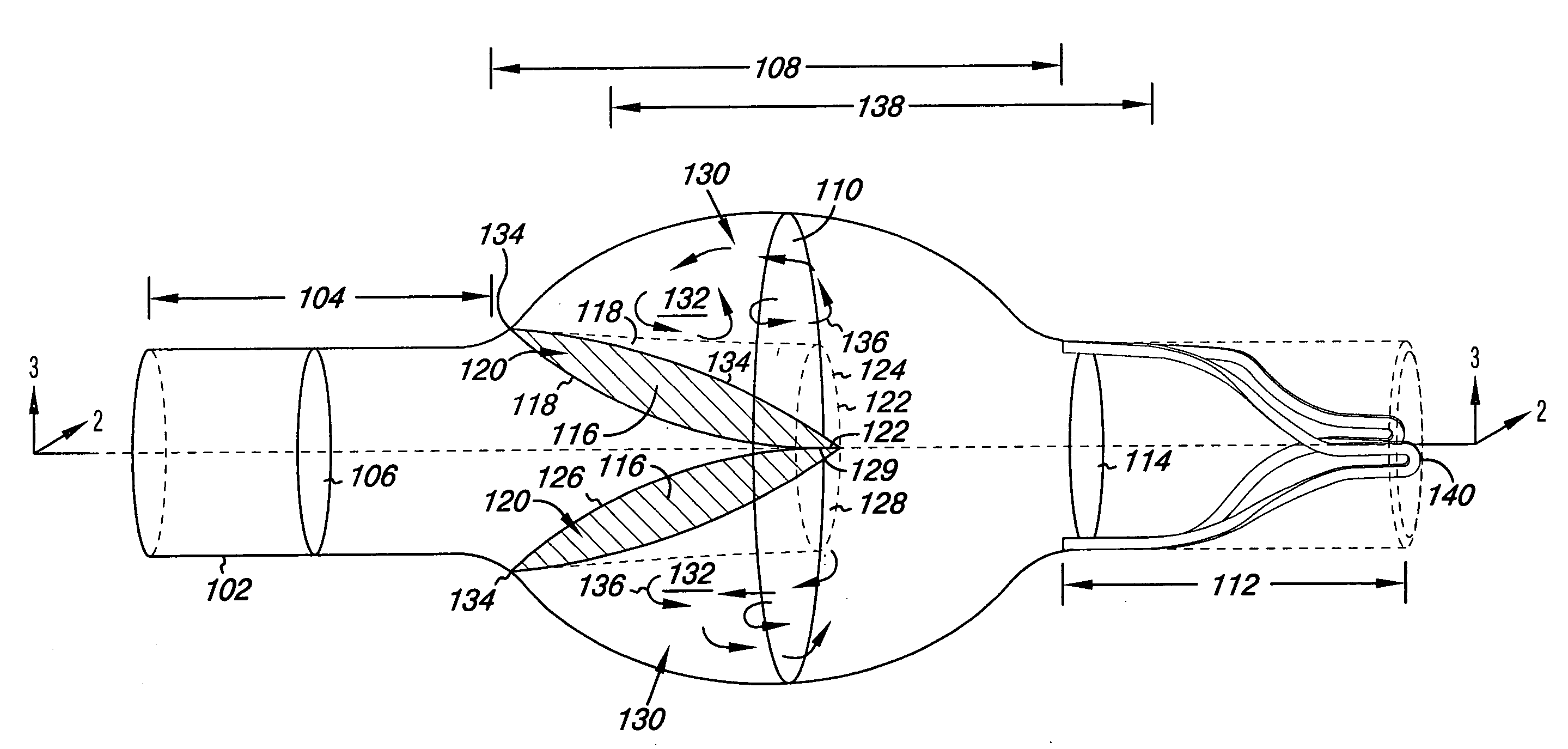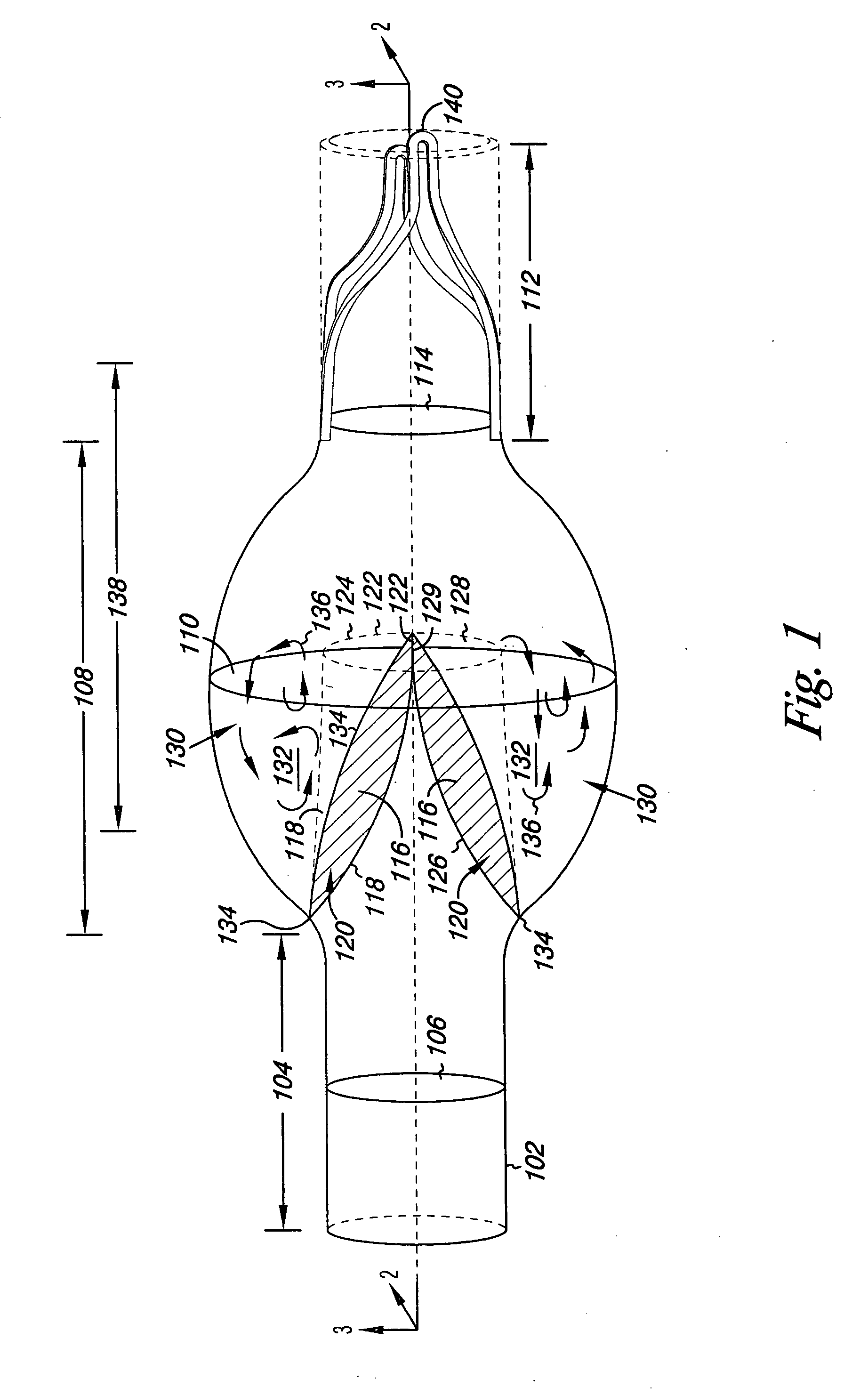Venous valve with sinus
a technology of venous valves and sinuses, applied in the field of venous valves, can solve the problems of reducing the flow of oxygenated blood to the brain, and possibly reducing the volume of blood available to the hear
- Summary
- Abstract
- Description
- Claims
- Application Information
AI Technical Summary
Benefits of technology
Problems solved by technology
Method used
Image
Examples
Embodiment Construction
[0010] Embodiments of the present disclosure are directed to vascular medical devices and methods for valve replacement and / or augmentation. Particularly, the present disclosure provides venous valves and methods for forming the venous valve. Various embodiments of the present disclosure can be used to replace and / or augment an incompetent valve in a body lumen. As used herein, “body lumen” can include, but is not limited to, veins, arteries, lymph vessels, ureter, cerebrospinal fluid track, or other body cavity, vessel, or duct.
[0011] Embodiments of the venous valve include a venous valve frame and valve leaflets that can be implanted through minimally-invasive techniques into the body lumen. In one example, embodiments of the apparatus and method for valve replacement or augmentation may help to maintain antegrade blood flow, while decreasing retrograde blood flow in a venous system of individuals having venous insufficiency, such as venous insufficiency in the legs. Use of valve...
PUM
| Property | Measurement | Unit |
|---|---|---|
| distance | aaaaa | aaaaa |
| distance | aaaaa | aaaaa |
| distance | aaaaa | aaaaa |
Abstract
Description
Claims
Application Information
 Login to View More
Login to View More - R&D
- Intellectual Property
- Life Sciences
- Materials
- Tech Scout
- Unparalleled Data Quality
- Higher Quality Content
- 60% Fewer Hallucinations
Browse by: Latest US Patents, China's latest patents, Technical Efficacy Thesaurus, Application Domain, Technology Topic, Popular Technical Reports.
© 2025 PatSnap. All rights reserved.Legal|Privacy policy|Modern Slavery Act Transparency Statement|Sitemap|About US| Contact US: help@patsnap.com



